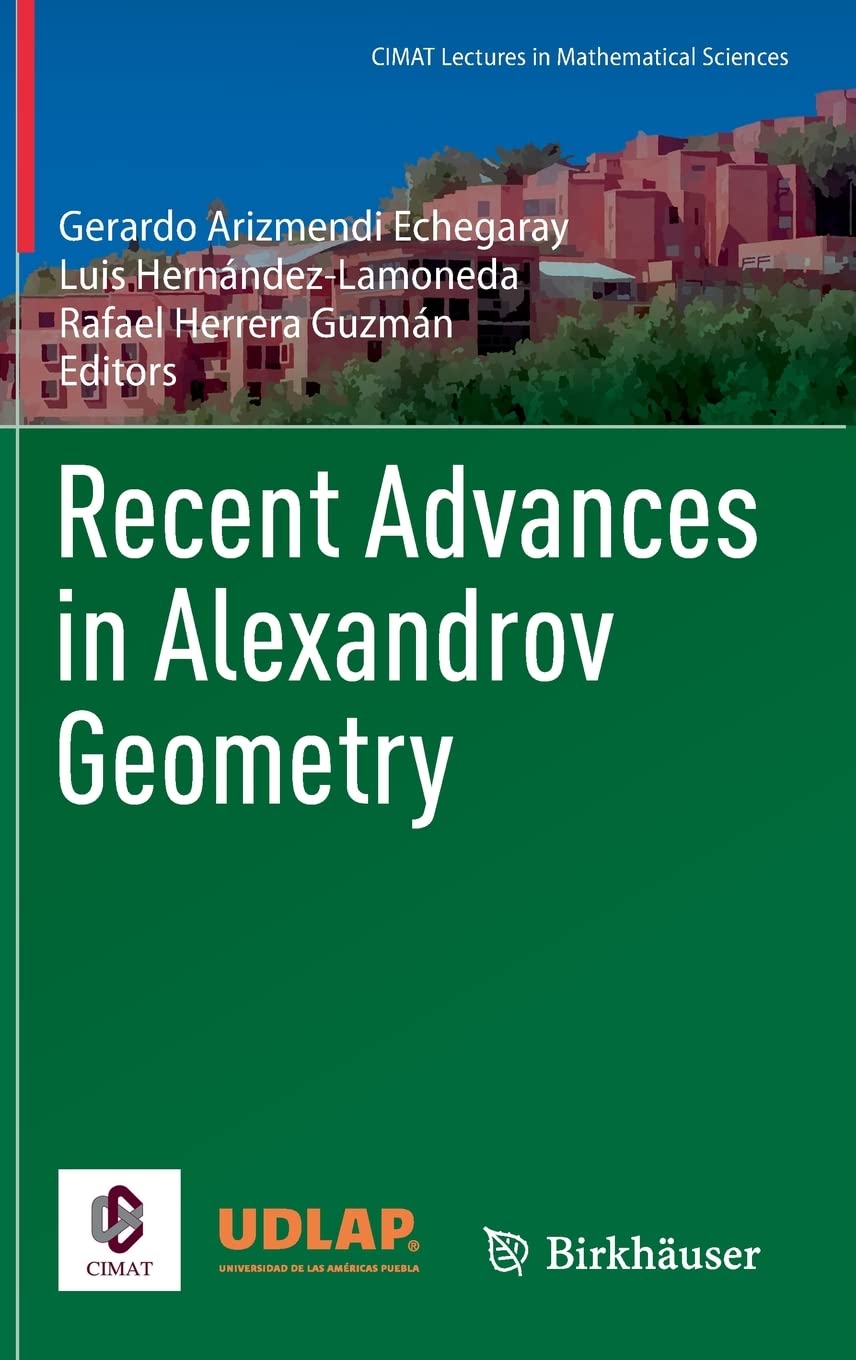

Most ebook files are in PDF format, so you can easily read them using various software such as Foxit Reader or directly on the Google Chrome browser.
Some ebook files are released by publishers in other formats such as .awz, .mobi, .epub, .fb2, etc. You may need to install specific software to read these formats on mobile/PC, such as Calibre.
Please read the tutorial at this link: https://ebookbell.com/faq
We offer FREE conversion to the popular formats you request; however, this may take some time. Therefore, right after payment, please email us, and we will try to provide the service as quickly as possible.
For some exceptional file formats or broken links (if any), please refrain from opening any disputes. Instead, email us first, and we will try to assist within a maximum of 6 hours.
EbookBell Team

4.0
56 reviewsThis volume is devoted to various aspects of Alexandrov Geometry for those wishing to get a detailed picture of the advances in the field. It contains enhanced versions of the lecture notes of the two mini-courses plus those of one research talk given at CIMAT.
Peter Petersen’s part aims at presenting various rigidity results about Alexandrov spaces in a way that facilitates the understanding by a larger audience of geometers of some of the current research in the subject. They contain a brief overview of the fundamental aspects of the theory of Alexandrov spaces with lower curvature bounds, as well as the aforementioned rigidity results with complete proofs.
The text from Fernando Galaz-García’s minicourse was completed in collaboration with Jesús Nuñez-Zimbrón. It presents an up-to-date and panoramic view of the topology and geometry of 3-dimensional Alexandrov spaces, including the classification of positively and non-negatively curved spaces and the geometrization theorem. They also present Lie group actions and their topological and equivariant classifications as well as a brief account of results on collapsing Alexandrov spaces.
Jesús Nuñez-Zimbrón’s contribution surveys two recent developments in the understanding of the topological and geometric rigidity of singular spaces with curvature bounded below.